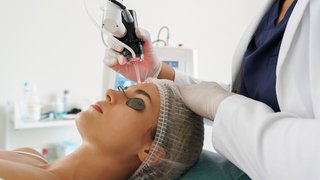Search for opportunities to participate in a clinical research study.
Rosacea
New Patient Appointment or 214-645-8300
MedBlog
Results: 4 Locations
UT Southwestern Monty and Tex Moncrief Medical Center at Fort Worth
600 South Main StreetFort Worth, Texas 76104 214-645-8300 Directions to UT Southwestern Monty and Tex Moncrief Medical Center at Fort Worth, Fort Worth Parking Info for UT Southwestern Monty and Tex Moncrief Medical Center at Fort Worth
Dermatology
at UT Southwestern Frisco 12500 Dallas Parkway, 3rd FloorFrisco, Texas 75033 469-604-9010 Directions to Dermatology at UT Southwestern Frisco, Frisco Parking Info for Dermatology
Otolaryngology Clinic
at West Campus Building 3 2001 Inwood Road, 6th and 7th FloorDallas, Texas 75390 214-645-8898 Directions to Otolaryngology Clinic at West Campus Building 3, Dallas Parking Info for Otolaryngology Clinic
Plastic Surgery Clinic
at Outpatient Building 1801 Inwood Road, 5th FloorDallas, Texas 75390 214-645-6916 Directions to Plastic Surgery Clinic at Outpatient Building, Dallas Parking Info for Plastic Surgery Clinic





